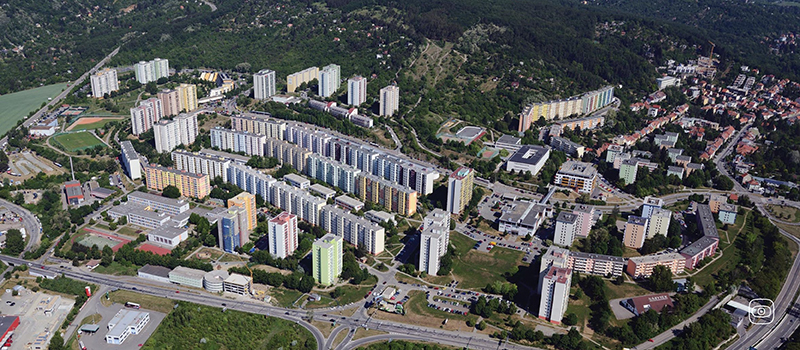Energy Crisis in the Post-socialist Housing Blocks
Prague - Novy Liskovec is a peripheral urban district of Brno, the second-largest city in the Czech Republic.
The district's buildings mainly include soviet-style housing blocks built out of panels, so-called "paneláky" in Czech. Almost one-third of the Czech population currently lives in such buildings. However, most of such houses were built from the 60s to the 90s. While most have gone through some reconstruction works, the living standards and energy efficiency of the flats in such housing blocks vary.
Yet the example of Novy Liskovec shows that it is not impossible to rebuild "paneláky" so they meet contemporary living and energy standards. At the end of the 90s, the municipality began to prepare plans to renovate all housing blocks under its administration with more than 800 flats. Their project was exceptional even from today's perspective—it included regular sessions of consultations with residents of the houses, experts, and NGOs. The renovation has changed both inside and outside of the buildings, with paying attention even to the architectural value of the housing blocks. Additionally, the municipality has established an energy management system that helps them track and further lower the housing blocks' energy efficiency.
After the renovations, the energy consumption for heating has lowered by tens of percent. As a result, the residents of the flats saved 132 mil. Czech crowns in the period between 2010–2020. The successful example of Novy Liskovec is even more relevant nowadays, as the EU is pushing forward legislation that requires houses to improve their energy efficiency by 2033.





